Description
Landungssteg am Wannsee by Philipp Franck printed on a Hoodie
About the Hoodie
Modern fit
It provides a more tailored look than a regular fit
Comfortable
The fabric and fit of this item are extra comfy
Tear-away tag
Easily removable tear-away tag that allows you to add a custom inside label
Premium quality
The product is made from premium, high-quality materials
Classic unisex hoodie with a front pouch pocket and matching flat drawstrings. The 100% cotton exterior makes this hoodie soft to the touch.
- 65% ring-spun cotton, 35% polyester
- Charcoal Heather is 60% ring-spun cotton, 40% polyester
- Carbon Grey is 55% ring-spun cotton, 45% polyester
- 100% cotton face
- Fabric weight: 8.5 oz./yd.² (288.2 g/m²)
- Front pouch pocket
- Self-fabric patch on the back
- Matching flat drawstrings
- 3-panel hood
- Tear-away tag
Philipp Franck (1860-1944)
Johann Heinrich Philipp Franck was a German Impressionist painter, graphic artist and illustrator.
With his father’s support, and insistence, he began by studying architecture at the Frankfurt Business College. When his father died, he decided to pursue his true artistic interests. Accordingly, at the age of seventeen, he enrolled at the Städelschule, where he studied with Heinrich Hasselhorst and Eduard Jakob von Steinle. He focused on landscapes but, under Steinle’s direction, also created illustrations for fairy tales.
In 1879, he moved to Kronberg im Taunus, where he joined the local artists’ colony. While there, he befriended Anton Burger and took lessons with him until 1881. Franck, however, had his own strong opinions on the depiction of nature and went to the Kunstakademie Düsseldorf, where he had been recommended to Jakob Fürchtegott Dielmann. He was there until 1886.
He then began to travel, eventually settling in Würzburg. After finding little success there, he moved to Berlin in 1892 and became a teacher at the Royal Art School. In 1898, he was awarded the title of Professor. That same year, he joined with Lovis Corinth and Max Liebermann to help create the Berlin Secession. In 1902, his first wife died and, two years later, he married one of his students.
In 1906, Franck and his family moved to Halensee on the Wannsee, where he attempted to establish an artists’ colony modeled on the one in Kronberg, but was unsuccessful. He returned to Berlin and became Director of the Royal Art School in 1915. In 1928, he participated in the International Exhibition at the Carnegie Institute. His book of reminiscences, Ein Leben für die Kunst (A Life for Art), was published shortly after his death.
His first wife was Katharina Ernst (1866-1902). Two years after her death he married one of his students; Martha Kuhlo (1875-1957). He had four children. From 1906, Franck lived with his family in Berlin-Wannsee. The scientist, Hans Heinrich Franck [de], was a son from his first marriage. His son from his second marriage, Carl Ludwig Franck, became a noted architect.
The sculptor, Ingeborg Hunzinger (1915-2009) was a granddaughter. The writer Julia Franck is a great granddaughter.

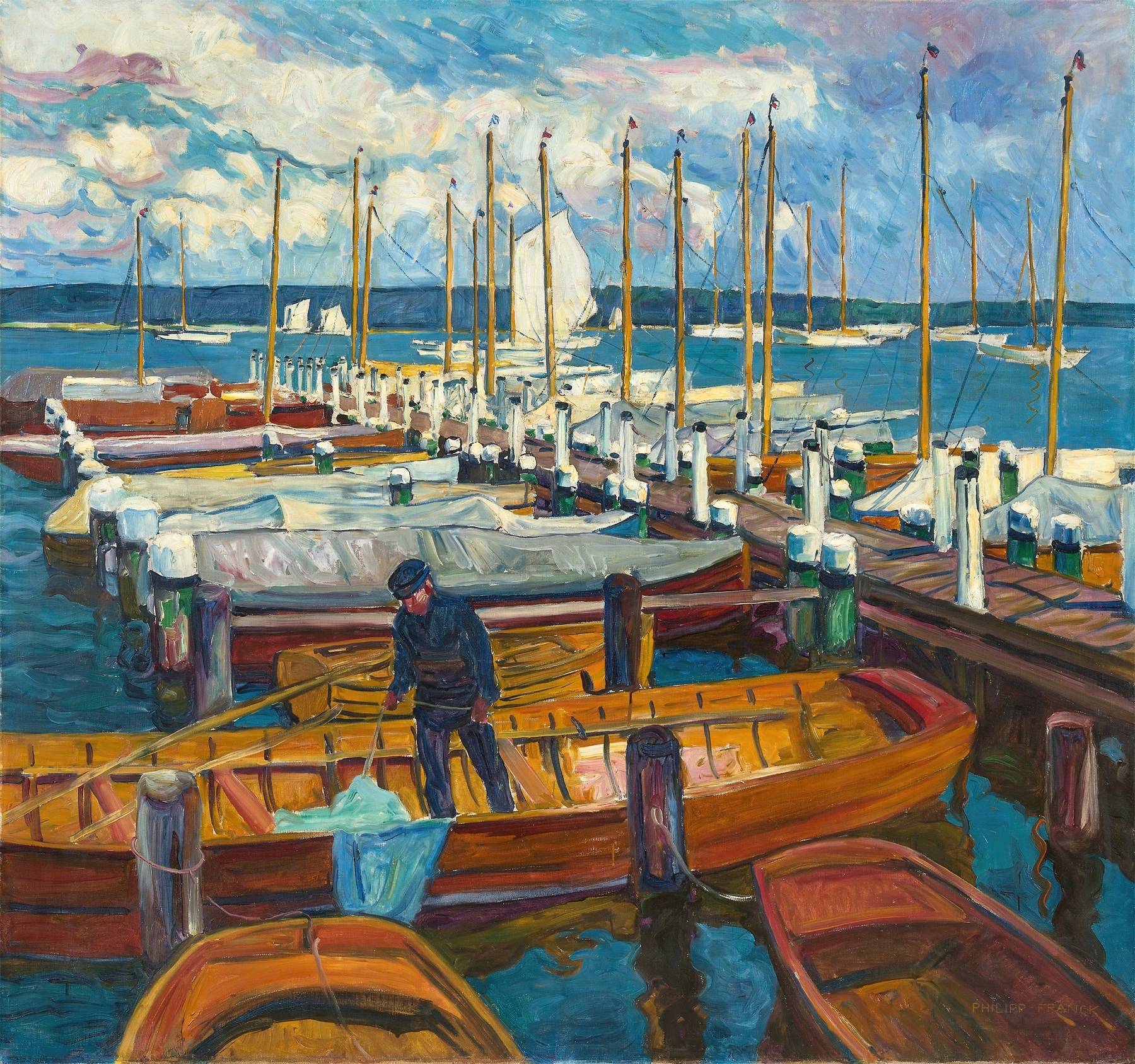
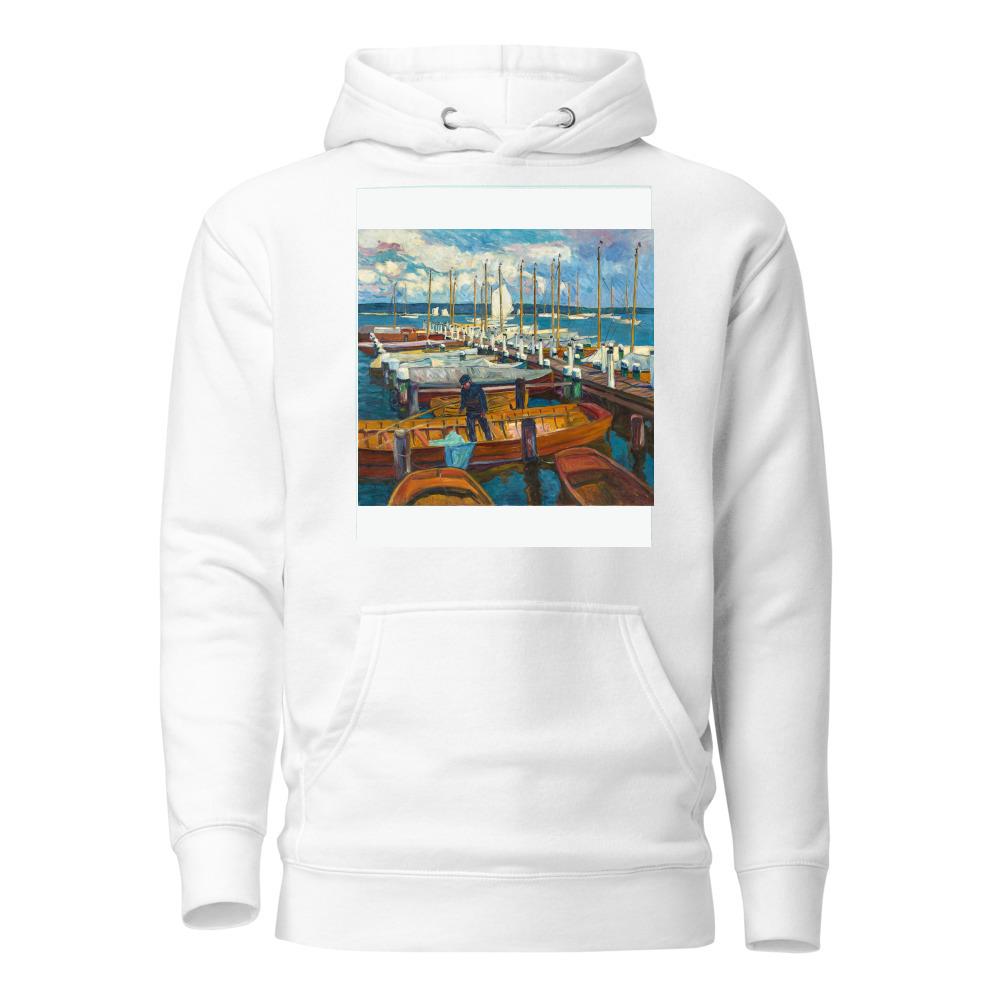
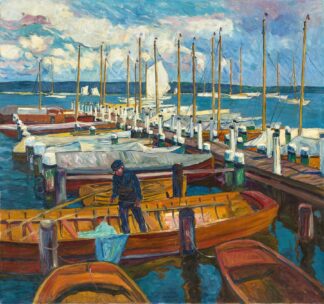
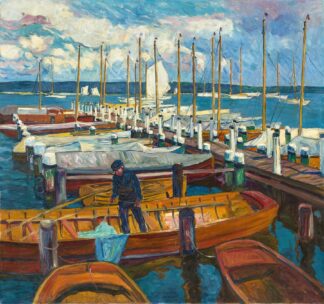
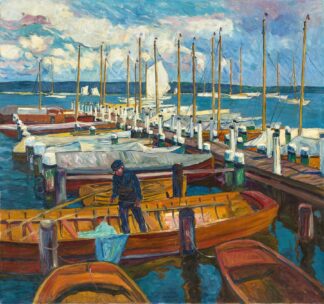
Reviews
There are no reviews yet.